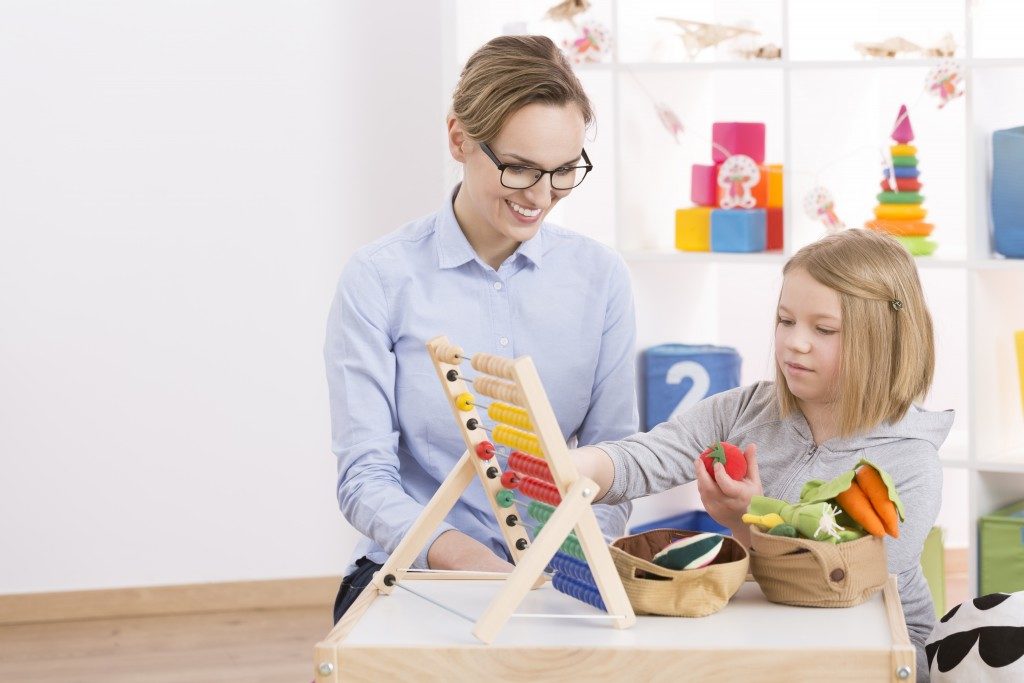In the past, our understanding of education largely revolved around sitting in a classroom for hours while listening to and memorizing what the teacher was saying.
However, that perception has changed – significantly.
At the start of the 21st century, the government of the United Kingdom began challenging the traditional model of education and developing a system that caters to the individual needs of students. The Department for Education (DfE) is investing in schools – whether they’re “regular” schools or schools that focus on special needs education – that apply a process of individualized learning.
Over the past few years, personalized learning has become increasingly popular in primary and secondary education in the United Kingdom. However, there’s still extensive debate as to whether the system is effective.
As a parent, you want your child to learn the necessary skills to become successful. Can personalized learning help your child succeed?
Defining personalized learning
The Glossary of Education Reform defines “personalized learning” as a diverse range of educational programs, learning experiences and academic strategies that aim to address the different cultural backgrounds, learning needs and interests of individual students. It is an alternative to the “one-size-fits-all” approach of traditional learning in which students learn a course given the same type of teaching method and assessment.
The DfE lists five key components of personalized learning:
Assessment for learning. The school identifies every student’s learning needs.
Teaching and learning strategies. The teachers adapt their teaching strategies based on the students’ level and pace of learning.
Curriculum entitlement and choice. The student has access to a broad and personalized curriculum that enables them to reach their optimal potential.
A student-centred approach. School leaders and teachers think creatively about how to improve their level of teaching while considering the individual needs of students.
Strong partnership beyond the school. The school engages with the community, local institutions and social services to help students learn beyond the classroom.
How personalized learning works
The structure of a classroom in a personalized setting varies. Students can work on their laptops while a teacher works one-on-one with students who are struggling with the learning material. Schools like Distinction Tutors implement a “playlist” system in which students go through their lessons based on a customized list of tasks and activities. The tasks range from basic to advanced, depending on a student’s performance. Assessments then determine if a student should progress to the next level or will require remediation.
Benefits and challenges of personalized learning
Personalized learning offers several advantages over traditional learning styles. Students have greater choice when it comes to learning materials, place of study and learning style, to name a few areas. The pace of learning is fine-tuned to a student’s needs, which means those who struggle with certain skills or aspects of knowledge can take more time to develop an understanding of the concepts.
However, many educators transitioning from traditional teaching to a personalized one struggle with adjusting their approach to fit each student. Additionally, personalized learning assumes that every school has the same access to technology. In reality, some schools lack sustainable funding to implement an information technology system used to customize students’ individual learning needs.
Is personalized learning effective?

A study conducted in the United States by the Bill & Melinda Gates Foundation revealed that students under the personalized learning system are quicker to reach national average scores in math and science than those in traditional schools. There are other self-reported findings, though they don’t provide enough evidence about the effectiveness of personalized learning. Researchers owe it to the lack of consensus in defining personalized learning, since the purpose, tools and teaching techniques are modified to suit each student’s needs and goals.
Personalized learning has changed the way we view education. Instead of sending their children to a traditional school where they learn the same lessons at the same pace, parents can have their children study in a school where their individual needs are considered. Although there are limited studies that prove that personalized learning is effective in the long run, the system has produced students that have flourished by learning at their own pace.
